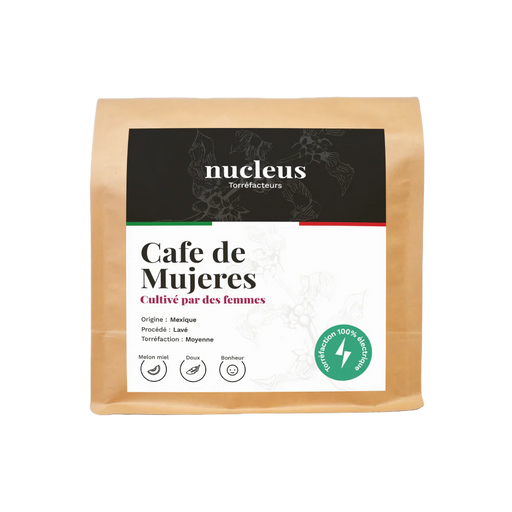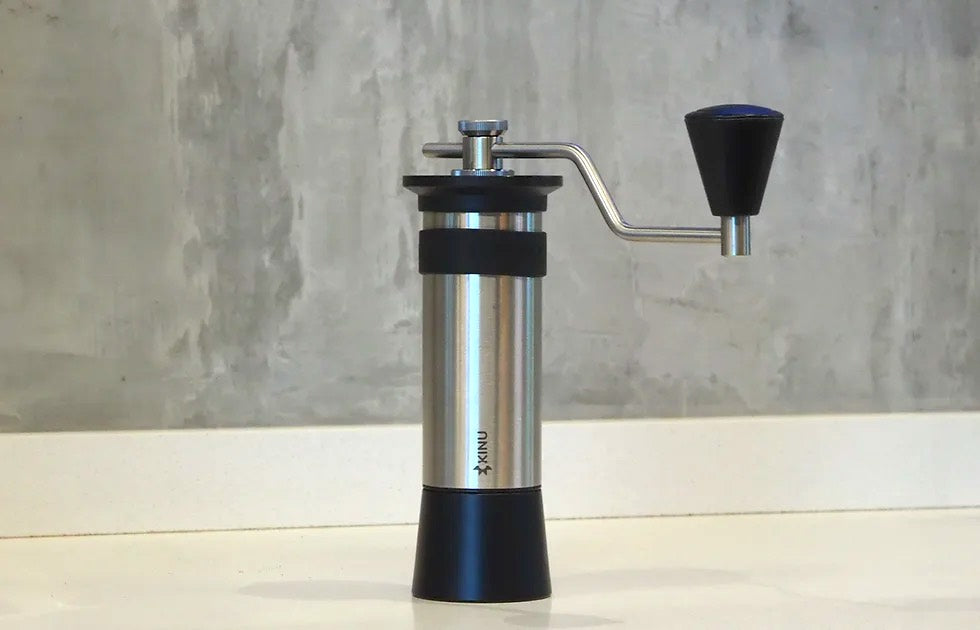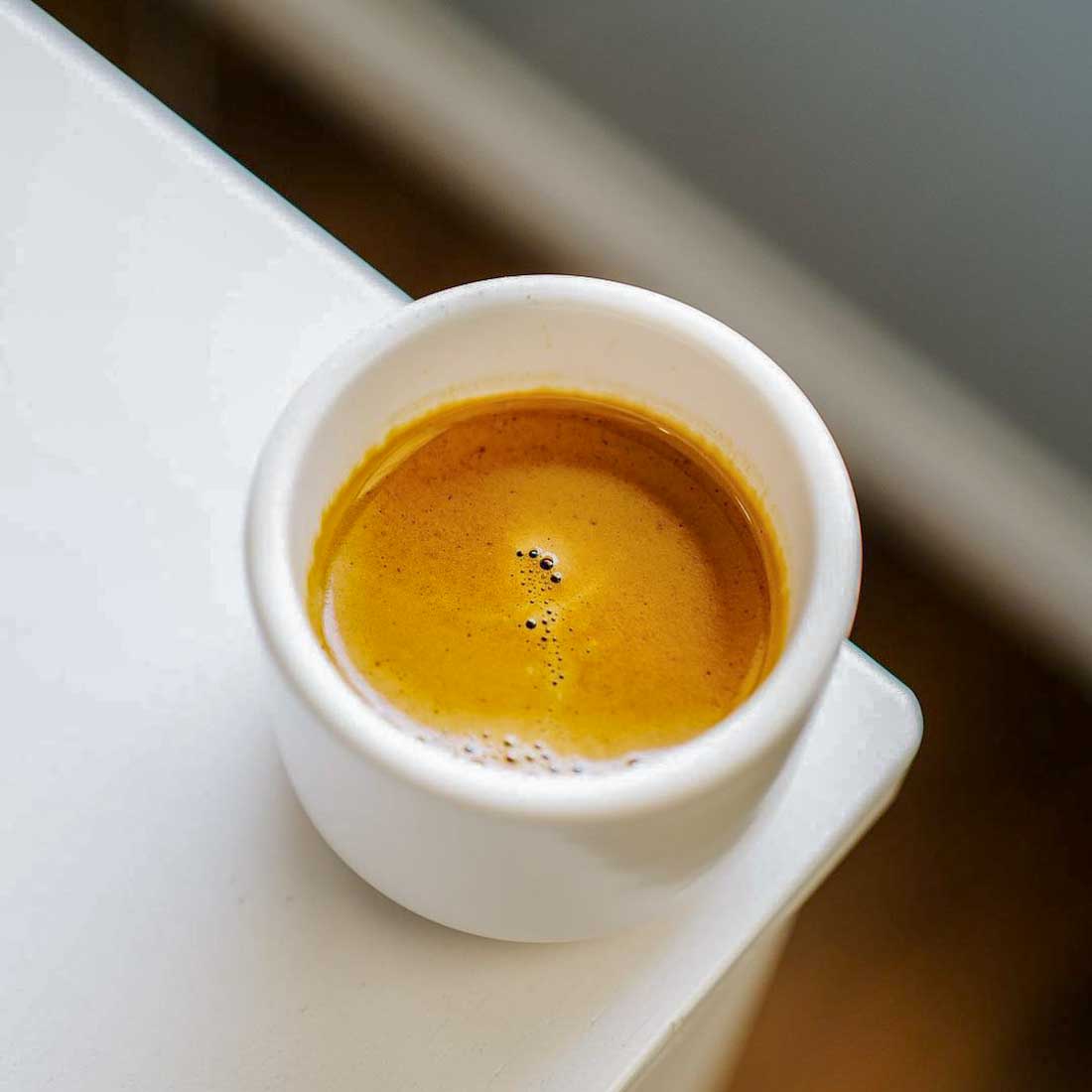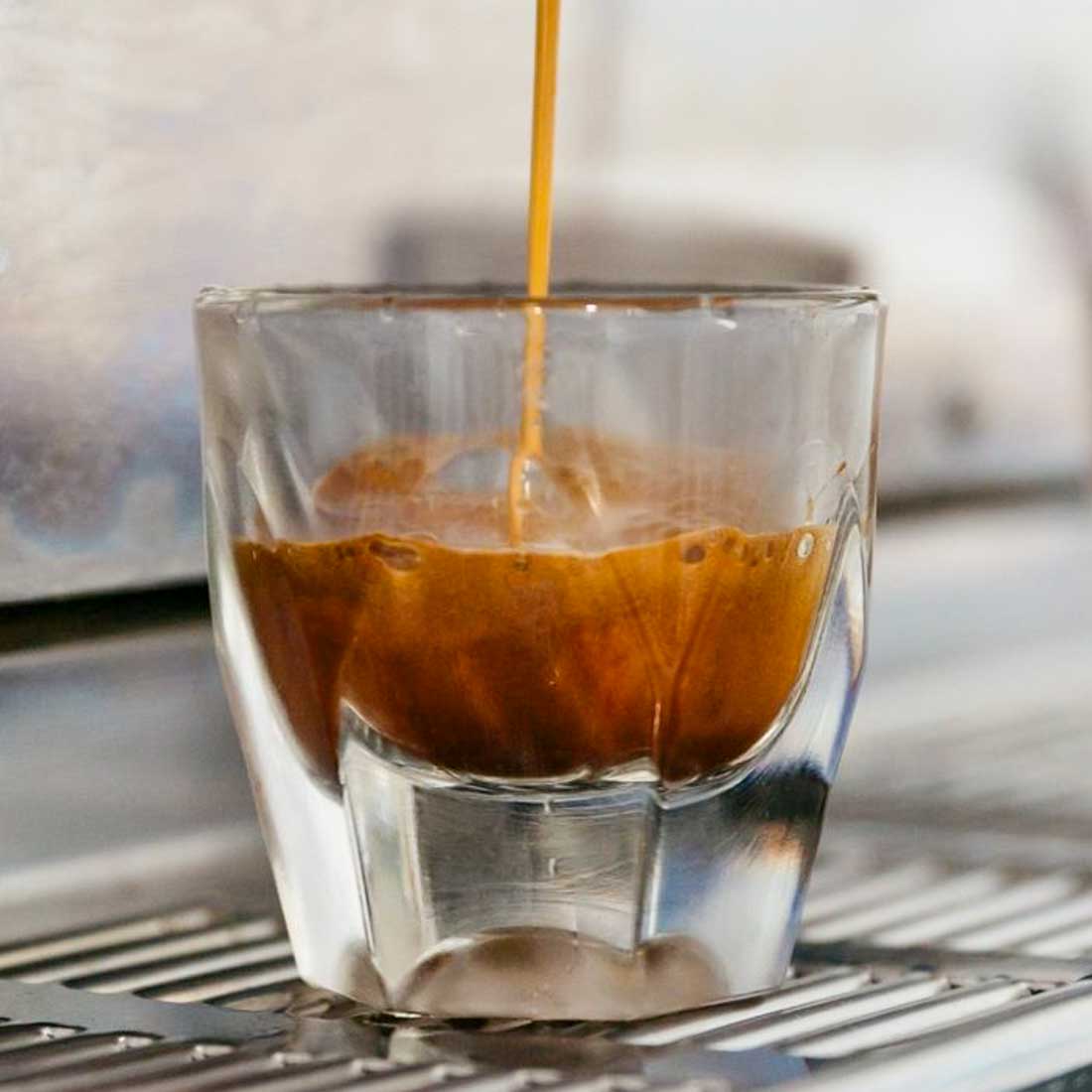For espresso enthusiasts, there's nothing quite like watching syrupy coffee being pumped out of the machine. As we marvel at the transformation of our morning coffee into a cup of perfection, it's easy to forget what goes on behind the scenes. In reality, there's a lot that happens in those few short seconds - from the pressure building up inside the machine to the flow of water. To consistently produce perfect shots, it's crucial to understand the science behind pressure and flow. So, let's take a sip and explore exactly how it all works.
Pushing the 9-bar espresso
Pressure plays a critical role in achieving optimal espresso extraction. The coffee grind, acting as a barrier, can be fine-tuned. By adjusting the water flow using a pump or piston in pump-driven espresso machines, you can increase or decrease pressure.
The pump in espresso machines delivers a maximum flow of water, referred to as water debit. These machines utilize two pump types, vibration and rotary, which yield flow rates of 8mL/s and 30mL/s, respectively.
The question remains: how is the desired 9 bar pressure achieved for optimal espresso extraction?
The pump will provide maximum flow until the system builds pressure and reaches its maximum pressure. An overpressure valve (OPV) is the mechanism that determines the maximum pressure of a system. By reaching a setpoint of maximum pressure, it will cause any additional flow from the pump to be diverted in order to maintain the desired pressure.
On rotary pumps, the OPV is located in between the inlet and outlet of the pump, while on vibratory pumps the OPV is located after the outlet of the pump, usually on the boiler.
For accurate communication of brew pressure, it is essential to know the pressure sensor's location. On a vibratory espresso machine, the pump pressure gauge may display a reading of 9 bars, even if the pressure at the grouphead is lower. This is due to the gauge's placement between the pump and the OPV.
Restricting the flow rate
Flow Jets
While rotary pumps are powerful, they can lead to inconsistent espresso texture and flavor due to channel formation caused by rapid pressure ramping when flow rates are too high. To ensure consistency, many espresso machine makers set up a flow jet, a small yet crucial tool that regulates pressure ramping without altering maximum pressure. This is inserted into the hydraulic circuit before the grouphead.
Needle Valve
A needle valve functions like an adjustable flow jet. You can choose from pre-infusion at 2mL/s and brew setting at 8mL/s. With modern e61 espresso machines, you can now install a fully dynamic needle valve for unparalleled precision in flow profiling.
Espresso Puck Resistance
It is a common misconception that the pressure applied to the puck remains static. In truth, the pressure is influenced by factors such as grind distribution, espresso viscosity, grind setting, burr geometry, and the specific roast profile and origin of the coffee beans.
At the beginning of a brew when the coffee is at its most soluble, the TDS of the resulting liquid will be very high and output a high pressure. As the solubles of the coffee become depleted, the resulting liquid will oftentimes not flow fast enough to hold the OPV set pressure and the group-pressure reading will begin to fall. Note that on machines which can provide a enough flow, the shot will instead speed up drastically in order to hold pressure. This can often result astringency due to the formation of channels.
Measuring pressure accurately
The pressure gauge's location is crucial as it reads pressure in relation to significant resistance sources, including the OPV, flow jet, and espresso puck. Bernoulli's law dictates that flow restriction in any part of the circuit will cause decreased static pressure readings due to frictional losses or increased fluid kinetic energy. Therefore, understanding the pressure gauge's installation location is vital when determining the brewing pressure.
On an E61 machine, the pump gauge differs from the grouphead gauge due to the overpressure valve (OPV), needle valve, and espresso puck. Pressure inside an espresso puck is not a static reading; it changes because the opening at the bottom is at atmospheric pressure, requiring a pressure drop from the top to the bottom of the puck.
Conclusion
To create the perfect espresso, it's crucial to comprehend the science of pressure and flow during brewing. Optimal 9-bar pressure and regulated flow rates are essential for extracting the coffee's full flavor and texture. Pump types, valves, and puck resistance synergistically contribute to the creation of that delightful, velvety espresso shot.
By appreciating these intricate processes and understanding the significance of pressure gauge placement, espresso enthusiasts can gain a deeper understanding of the factors that shape their morning cup of perfection. So, as you savor your favorite espresso, remember the delicate balance of science and art that goes into each wonderful sip.












Comments
There are no comments.
Your comment